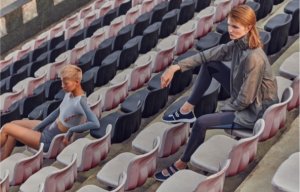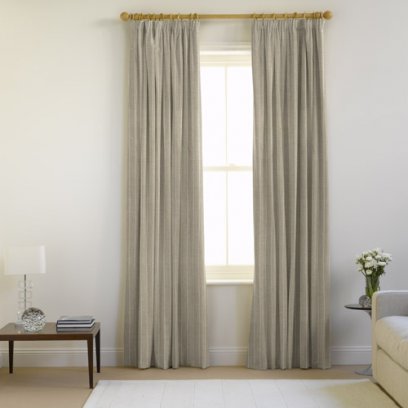
Polygiene partners with Particle Fever
Research into the prevention of allergens, carried out at Nottingham Trent University, has resulted in the creation of an innovative net curtain that is said to be able to trap and filter up to 56% of dust and pollen. New window dressings are now being sold through retailers including Paul Simons and Ponden Home. Home furnishings company Tyrone Textiles commissioned the work through the university’s Future Factory project, a scheme that supports sustainability within East Midlands’ small and medium enterprises (SMEs).

9th July 2013
Innovation in Textiles
|
Nottingham
Research into the prevention of allergens, carried out at Nottingham Trent University, has resulted in the creation of an innovative net curtain that is said to be able to trap and filter up to 56% of dust and pollen. New window dressings are now being sold through retailers including Paul Simons and Ponden Home.
Home furnishings company Tyrone Textiles commissioned the work through the university’s Future Factory project, a scheme that supports sustainability within East Midlands’ small and medium enterprises (SMEs).
Simon Peters, business development manager at Tyrone Textiles, said: “The addition of the Enhanced Living collection to our range has been an innovative move to help promote wellbeing in the home.”
Studies carried out by MA Smart Design student, Sophie Alidina, suggested that typical British houses are not built efficiently for ventilation, which means they can quickly accumulate pollutants. Traditional net curtains allow for circulation of air due to the open weave of fabric, but allergens can still enter the home.
Sophie’s concept of turning lace into a technical textile means it can trap the allergens that can easily be removed from the material by machine washing the fabric.
Through laboratory testing at the university, Sophie was able to assess that net curtains with a tightly knitted structure are more likely to capture the dust.
Expansive motifs, meanwhile, allow the dust to stay attached for longer once moved or shaken, helping to prevent it from dispersing into the home environment.
Taking inspiration from Nottingham Trent University’s School of Art & Design lace archive Sophie was able to incorporate design inspiration from the collection into the net curtain.
Sophie said: “This product would be ideal for someone who suffers from airborne allergies and wants something beautiful in their home. The final design is based on a series of experiments that explored lace structures. The aim was to find an optimum design that would trap dust and pollen from entering the home.”

Business intelligence for the fibre, textiles and apparel industries: technologies, innovations, markets, investments, trade policy, sourcing, strategy...
Find out more